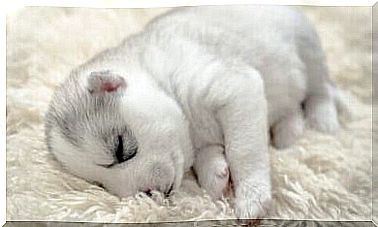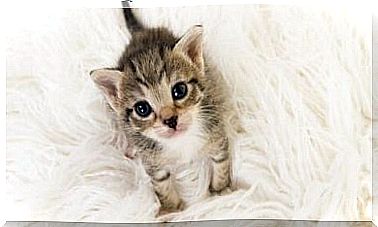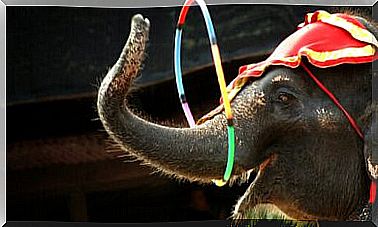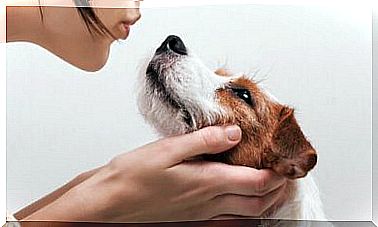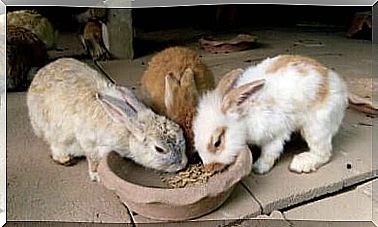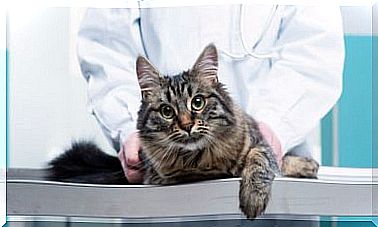Corn Snake: Characteristics, Behavior And Habitat
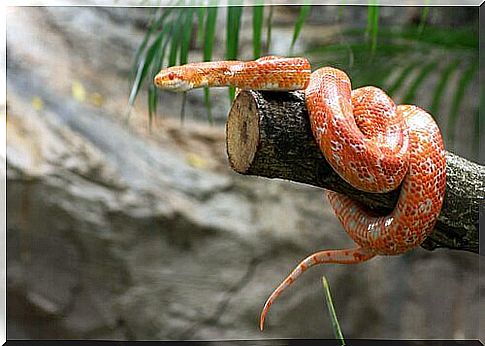
The corn snake is very popular as a pet, despite having to feed on whole prey. Fulfilling this need can be a nuisance for some owners.
The corn snake ( Pantherophis guttatus ) is a non-venomous American snake, as it kills its prey by constriction. It has become one of the most popular domestic snakes, featuring dozens of varieties.
Like other snakes, it is one of the species that poses no danger to humans. In addition, it is very beneficial to control rat pests in plantations, as well as other species such as the owl.
It gets its name from being closely related to corn plantations, although some claim it is because of the yellowish pattern on its belly (which resembles corn).
The fact is that the species usually looks for rodents in these plantations and uses corn storage sites as a shelter.
Corn Snake Characteristics
An adult corn snake can grow to two meters and live for more than 20 years in captivity.
However, in the wild they generally live three times less, as do most animal species.
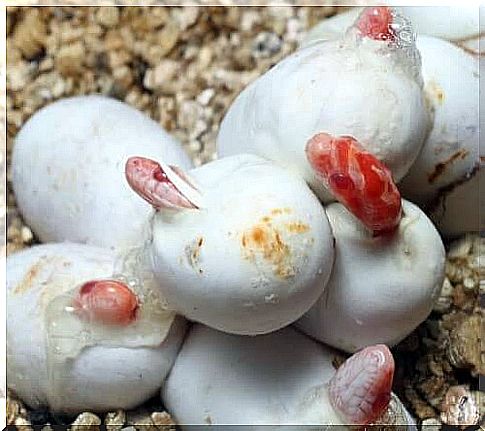
The corn snake lays between one and two dozen eggs, which are deposited in a warm, hidden area.
This warm hiding place is necessary as she doesn’t hatch her eggs. The shell that protects the puppies is flexible, so they need to break it.
corn snake behavior
Like all ophidians, the corn snake is a carnivorous animal that mainly consumes small rodents. However, it can also feed on eggs of birds, reptiles or amphibians.
This animal stands out for its olfactory sense, although it does not have a loreal pit. Like other snakes, the corn snake exhibits defensive behaviors such as tail flutter.
corn snake habitat
As already mentioned, the corn snake in the wild prefers plantations as hunting grounds. As well as abandoned buildings or with little activity, such as warehouses or farms.
They can be found in much of the United States, and their territory limits reach New Jersey, Utah and Florida. Given the breadth of its location, its behavior varies by region. In colder areas, it hibernates for four months, while in warmer areas they simply take advantage of the shelter and reduce their activity.
The captive corn snake
For years they have been selected to have different colors, thanks to the multitude of dominant and recessive genes that influence these animals’ skin patterns.
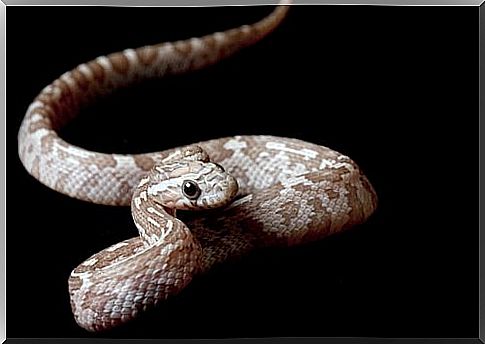
There are dozens of mutations, in different patterns, like stripes or zigzag, and various colors, like black, white or even purple. In addition, there are hybrids with other species and non-scale mutations.
You will need a terrarium of at least 90 liters if you have a snake of this species at home, which should be increased if you have more snakes.
The species also requires a suitable substrate, such as a white aspen tree, with several hiding places.
